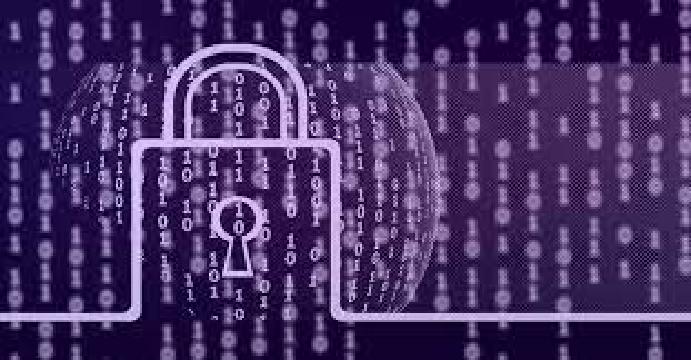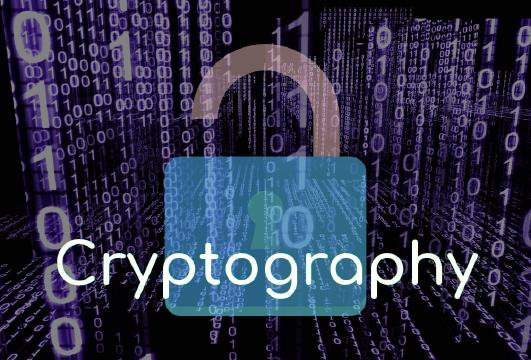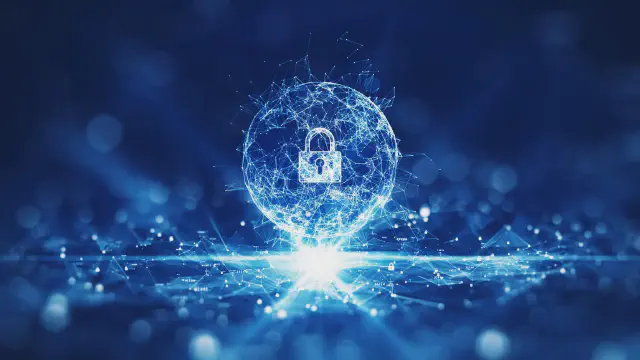Excerpt§
Quantum computing brings immense processing power, but also uncertainties regarding encryption security. This blog analyzes whether emerging quantum computers could break the SHA-256 cryptographic hash, assessing quantum algorithms, post-quantum solutions, and strategies to ensure robust encryption in the quantum era.
I. Introduction§
Quantum computing is an emerging technology that leverages the strange properties of quantum physics to perform calculations exponentially faster than regular computers. This has exciting implications for many fields, but also raises concerns regarding the security of current encryption techniques. In particular, there is interest in whether quantum computers could break SHA-256 - one of the most widely used encryption hash functions today. In this blog, we’ll give an overview of how quantum computing works, explain the SHA-256 algorithm, analyze the potential impact of quantum attacks, discuss post-quantum cryptography solutions, and consider the future of encryption in the quantum era. The central question we want to explore is: Will quantum computers be able to crack SHA-256 encryption?
II. Understanding SHA-256 Encryption§
SHA-256 is a cryptographic hash function designed by the NSA and published in 2001. It takes an input message of any length and generates a 256-bit hash value representative of the original message. Even the smallest change in the input message results in a completely different hash output.
SHA-256 serves as a one-way function, meaning it is practically impossible to determine the original input message simply from the hash value. This makes it highly useful for verifying data integrity and authenticity. The hash value acts as a digital fingerprint or signature that can uniquely identify input data without compromising its confidentiality.
SHA-256 is implemented in Bitcoin mining to generate verifiable blockchain transactions. It is also widely adopted in secure communication protocols like TLS and SSH. Breaking SHA-256 could undermine the security foundations of systems relying on it for data integrity and authentication.
III. The Basics of Quantum Computing§
Unlike classical binary computers, quantum computers utilize quantum bits or qubits which can exist in a superposition of 0 and 1. This enables a quantum computer to perform multiple calculations simultaneously on the superposition. Certain quantum algorithms like Shor’s algorithm and Grover’s algorithm demonstrate this potential for exponential speedup compared to their classical counterparts.
With enough stable qubits, it is believed quantum computers will be able to solve problems like factoring large numbers efficiently, which even the most powerful supercomputers still struggle with. For example, Shor’s algorithm can find the prime factors of an integer in polynomial time compared to the exponential time required classically.
This has enormous implications for breaking public-key cryptography like RSA which relies on the complexity of factoring large numbers. It raises concerns quantum computers may also be able to brute force search through inputs to break cryptographic hash functions.
IV. Quantum Computing vs. SHA-256 Encryption§
The key question is whether quantum computers can leverage their exponential search speed to break SHA-256. Grover’s algorithm provides a quadratic speedup for searching unsorted databases, reducing the required steps from O(N) to O(sqrt(N)).
For SHA-256’s hash space of 2^256 values, Grover’s algorithm could reduce the brute force search from 2^256 steps to just 2^128 steps. While a significant speedup, technical barriers prevent realizing this full quadratic advantage. The number of stable qubits available will limit problem sizes. Overhead from error correction also reduces the effective circuit depth.
Current estimates put breaking 256-bit encryption 20-30 years into the future when quantum computers may have enough stable qubits and error correction to implement Grover’s algorithm at scale. While Grover’s algorithm reduces the complexity, SHA-256’s security margin is still considered adequate against such brute force attacks.
V. Post-Quantum Cryptography§
To prepare for a future with large-scale quantum computers, researchers have been developing post-quantum cryptography designed to be secure against quantum algorithms.
Some approaches include lattice-based cryptography, multivariate polynomial equations, hash-based signatures, and code-based cryptography. Each solution has tradeoffs between key size, computational complexity, and quantum resistance.
Hybrid encryption schemes use post-quantum algorithms combined with traditional encryption for a smooth transition period. Standards bodies like NIST are currently evaluating post-quantum cryptography to eventually transition to quantum-safe encryption.
VI. The Future of Encryption§
There are several plausible scenarios for the future of cryptography in the quantum computing era:
Quantum computers progress slowly and SHA-256 remains secure long enough for a smooth post-quantum transition.
Rapid advances produce capable quantum computers that can break SHA-256 before post-quantum cryptography is widely adopted. Major vulnerabilities emerge.
A hybrid approach combining post-quantum cryptography with traditional encryption like SHA-256 manages to provide adequate security as the transition occurs.
While it is unlikely current encryption schemes will be completely broken overnight, preparing for the possibility is crucial. Initiatives to develop and integrate post-quantum cryptography by security researchers and technology firms will help determine the extent to which quantum computing affects encryption. A proactive approach can ensure secrecy and integrity remain cryptology’s cornerstones going forward.
VII. Conclusion§
In summary, while Grover’s algorithm does reduce the complexity of brute forcing SHA-256 hashes, technical limitations of early quantum computers likely prevent breaking the encryption outright in the near future. However, the field is evolving rapidly and the threat horizon is uncertain. Migrating to post-quantum cryptography before quantum computers advance enough to break current encryption schemes is essential to maintain security. With prudent preparation, we can have reliable quantum-resistant encryption ready to withstand the upcoming quantum era.
The extent to which quantum computing impacts cryptography will depend on how quickly we can deploy post-quantum encryption standards before large-scale quantum computers emerge. By staying informed and proactive, encryption can remain the foundation of secure communication even in a future with immense quantum processing potential.















